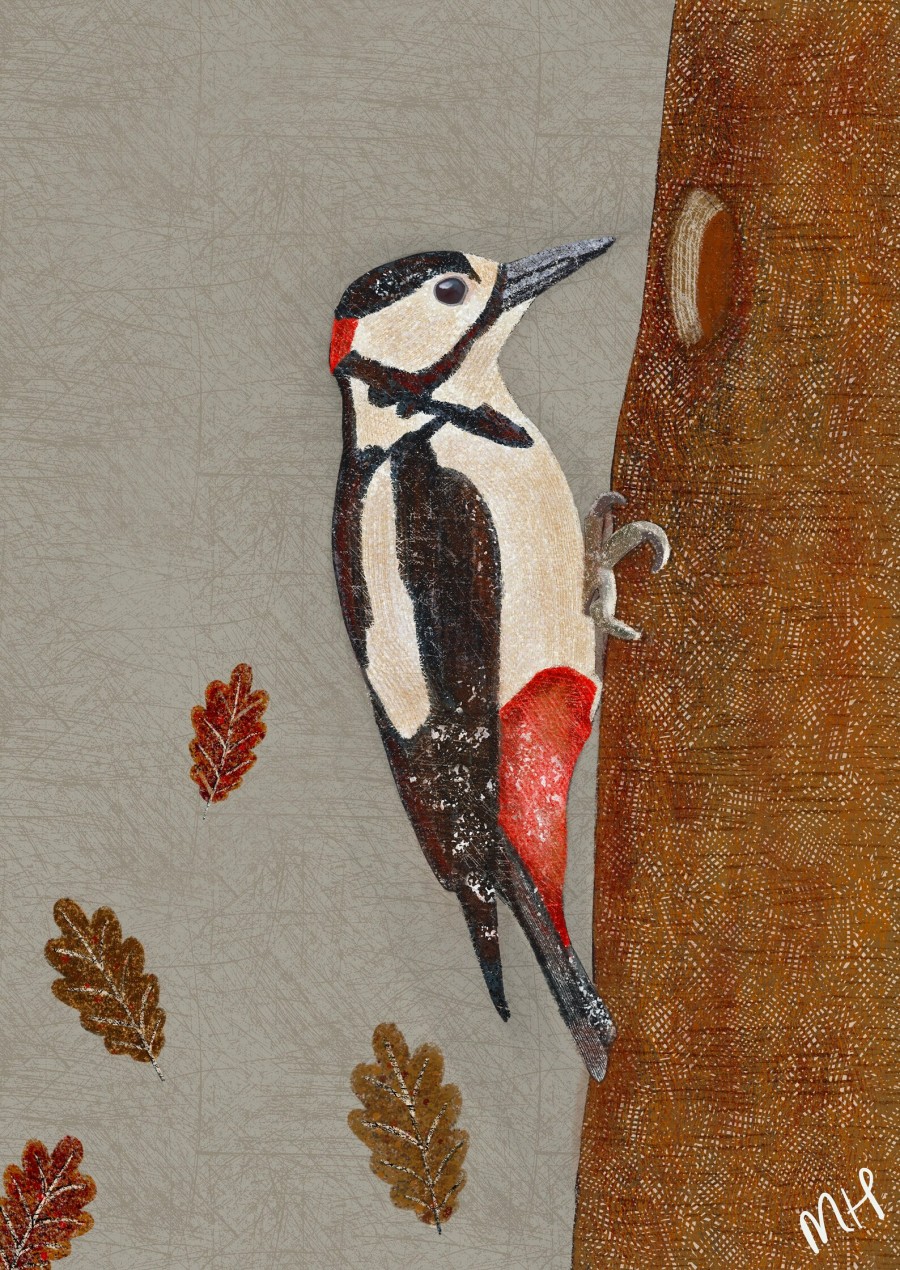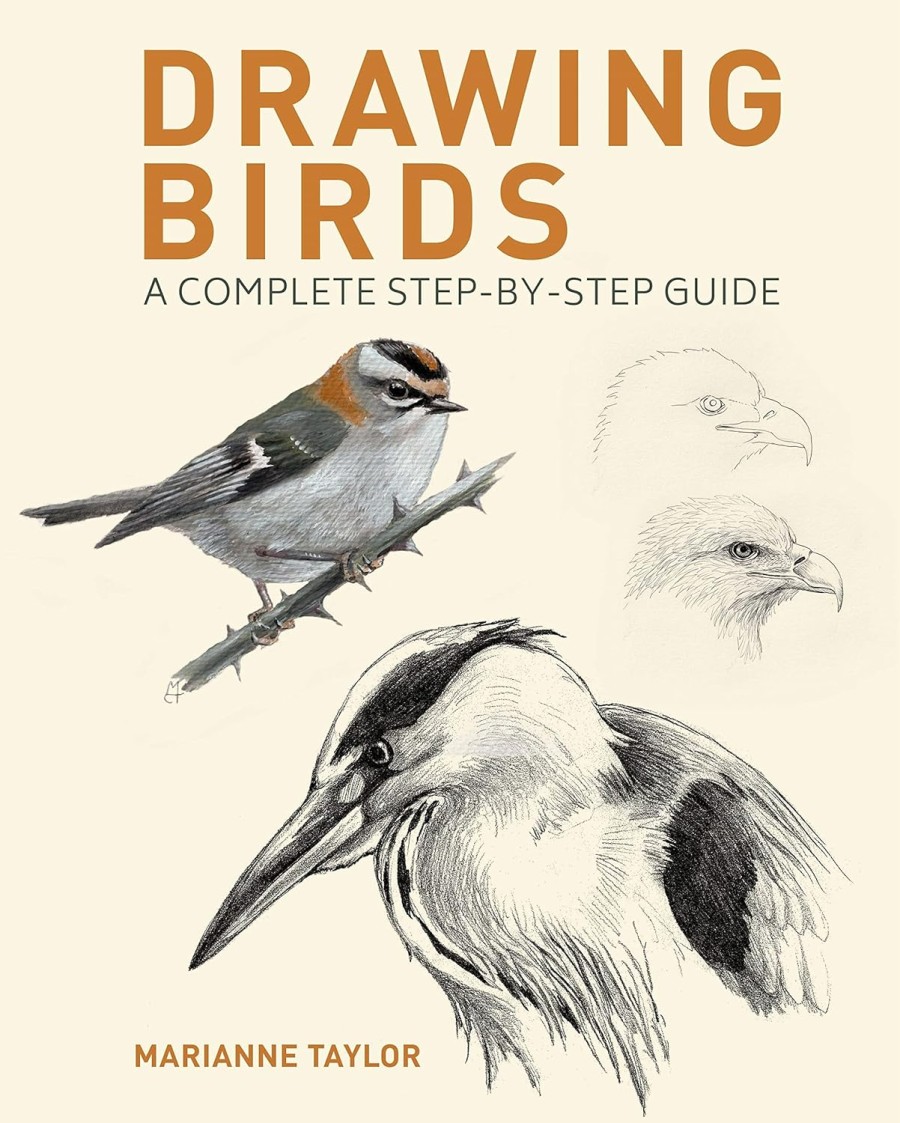
Of the 200 woodpecker species worldwide, just 3 are native to the UK: the green woodpecker (the largest), the great spotted woodpecker and the lesser spotted woodpecker. All drill into trees and ‘drum to each other’ to communicate (males will drum up to 600 times a day to get the girl!) Great spotted woodpeckers have a bright red patch on the back of their necks and the lesser spotted woodpeckers are very small, so unlikely to be seen unless by avid woodland birdwatchers.
Green woodpeckers are solitary although they often roost near each other, and they have special shock-absorbing properties in their bills to stop giving themselves a headache, from all that drumming. A bit like us wearing motorcycle helmets, to stop our brains wobbling around!
Woodpeckers tend to live in the woods rather than gardens, and actually prefer dead (or dying trees) as they have more insects to find and eat. The wood is also softer, to easier to drill through and carve nests.
The green woodpecker flies like a madman up and down, up and down and when he’s not banging that beak away at a tree, he’s calling loud with his piercing ‘yaffle’ laugh. So what makes him such an extrovert? Maybe it’s the extra long tongue he hides in his beak? Apparently it can stretch the length of his body to reach bores, beetles and weevils. Personally I think he’s be more at home with a can of lager and a kebab! Matt Sewell
how we can help our woody-woodpeckers!
The answer is obvious. We need to stop chopping trees down, and simply preserve our forests and woodlands, so there is safe natural habitat for them to live in. Choose recycled paper, recycled wood, recycled bathroom tissue and anything else that would come from wood, try buy recycled versions.






